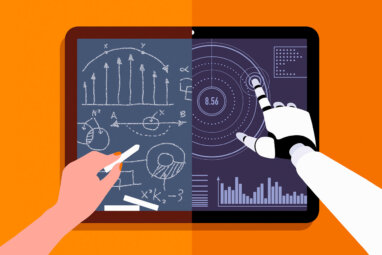The Design and Development of Information Products
Topics
“This is not Snow White and the Seven Dwarfs [i.e., the Bell operating companies] here. Rather, it is a market of a thousand niches served by tens of thousands of firms, each offering dozens, if not hundreds, of different products.”— Andrew Campbell, president of Corptech
The information products industry, broadly defined to include products based on data, information, and knowledge, is intensely dynamic in terms of growth and the pace of new product introduction. The complexity in the variety of product offerings and the number of firms offering those products in this industry is shown by the fact that there are more than 36,000 information product suppliers in the United States; 90 percent of these have less than $1 million in annual sales.1 Revenues for the information industry are large; for example, radio and TV accounted for $54 billion in domestic revenues in 1993; film and recorded music for $35 billion; newspapers, books, and magazines, $85 billion; and business information suppliers, another $26 billion.
Despite the economic importance and the rapid pace of innovation of this industry, no previous research has examined the design and development of information products. Research in the management of innovation and new product development has focused primarily on physical, assembled products such as automobiles, video-cassette recorders, portable cassette players, power tools, computers, and various types of production equipment.2 This focus has been broadened by studies of innovation in nonassembled products such as ice and glass and of innovation in software products.3 In this article, we focus on information products. We define information products broadly to include information provided in either electronic or printed form and sold to external markets as well as that provided by information systems departments within firms to internal “customers.” Our research was guided by several basic questions: What can firms in information products industries learn from research on physical products? How are information products designed and manufactured, and how can information technology be used to support these processes? More fundamentally, what is the architecture of an information product and what are the strategic, organizational, and technical implications of the architecture for firms competing in this arena?
To answer these questions, we build on research and knowledge about the design of physical products.
References (44)
1. Veronis, Shuler & Associates, Communications Industry Forecast (New York, 1994).
2. For research on automobiles, see:





Comments (2)
Stenburgen Ruwa
simjps